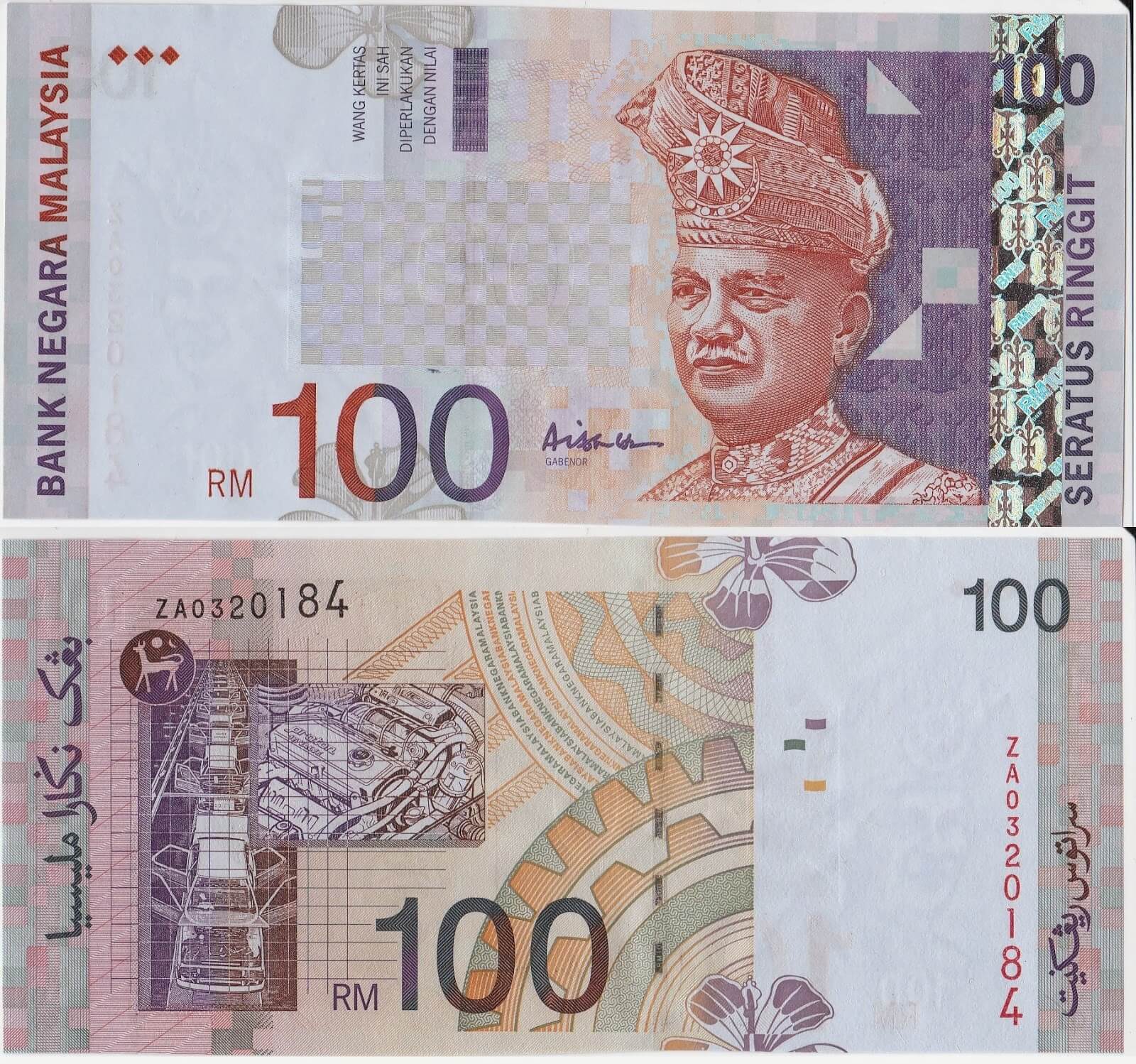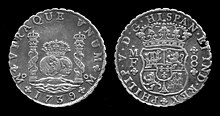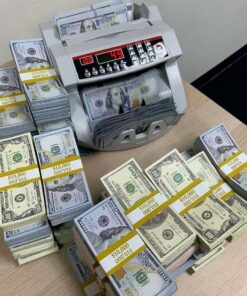Buy Fake Malaysia Ringgit Banknotes Online Best Bills
The Malaysian ringgit
Distinctively Malaysia
The latest series of Malaysian banknotes draws its inspiration from elements which distinctively define the country’s diverse culture, heritage and nature. Themed ‘Distinctively Malaysia’, the fourth series of Malaysian banknotes features traditional expressions in the art and craft, natural wonders, flora and fauna, economy and tradition.
Counterfeit Ringgit Malaysian banknotes authentication using novel graph-based chemometrics method
The Malaysian Ringgit is the currency unit of the Malaysian currency with the code MYR. Ringgit have banknotes worth RM100, RM50, RM20, RM10, RM5, RM1 and 50 sen (cent) coins, as well as 20 sen, 10 sen, and 5 sen coins. Earlier, money was known as dollar in English and ringgit in Malay. However, the “$” symbol continued to be used until it was changed to “RM” in 1993 and continue to be used until today.
Counterfeiting, in particular, the forgery of banknotes
science experts utilizing chemical technique such as infrared spectroscopy to analyze genuine and counterfeit banknotes.















Reviews
There are no reviews yet.